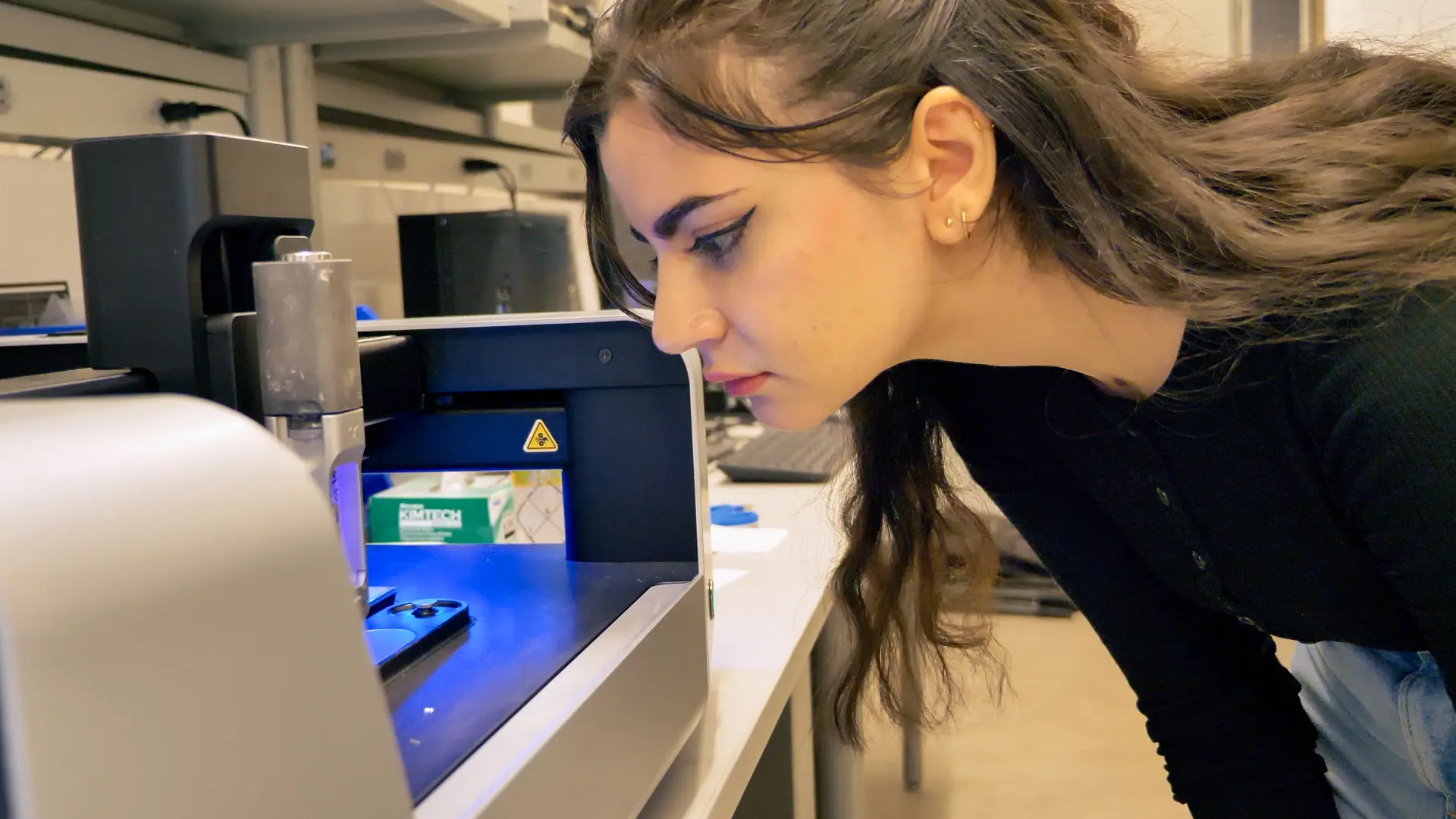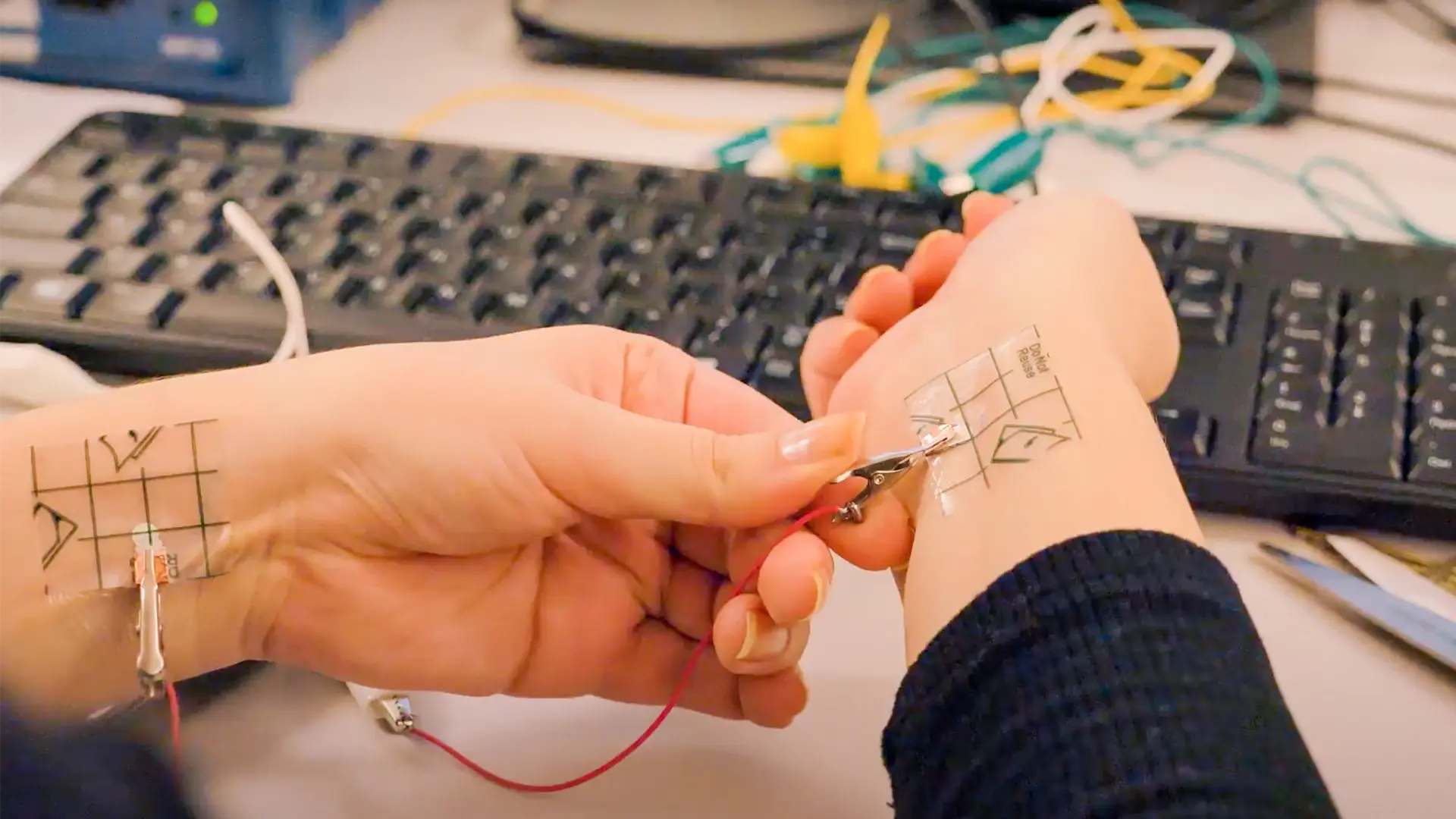Research Using V-One PCB Printer Published in Nature
Researchers from Istituto Italiano di Tecnologia in Italy recently published a study in Nature where they utilized Voltera V-One PCB printer to print interdigital electrodes on a polydimethylsiloxane (PDMS) substrate, forming part of a three-layer piezoresistive sensor.


The research problem
This study aimed to formulate an eco-friendly conducting ink that maintains high electrical performance while being biodegradable. The ink formulation involves using biodegradable polylactic acid (PLA) as a matrix combined with conductive carbon nanotubes (CNTs) and silver flakes, to create a conducting ink suitable for flexible electronic devices.
The role of V-One
The V-One was used to create eight-finger interdigitated electrodes on a PDMS substrate. V-One’s ability to handle conductive inks and produce intricate electrode patterns was vital in demonstrating the practical application and effectiveness of the newly developed biodegradable ink in flexible pressure sensors.

Check out our Customer Stories
Take a closer look at what our customers are doing in the industry.
